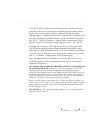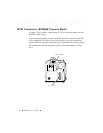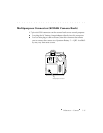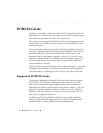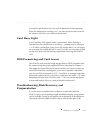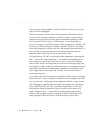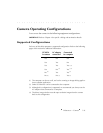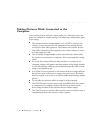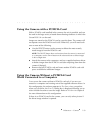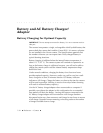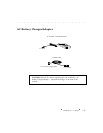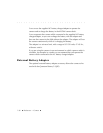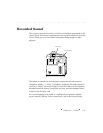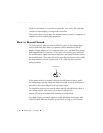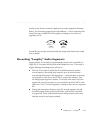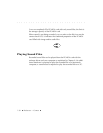
. . . . . . . . . . . . . . . . . . . . . . . . . . . . .
Reference — Camera 7-23
Using the Camera with a PCMCIA Card
With a PCMCIA card installed in the camera, the unit is portable, and can
be used in the large variety of stand-alone shooting situations in which the
Canon EOS-1 N can be used.
Images are stored on the PCMCIA card as you take them. The camera will
not operate once the PCMCIA card is full. When full, you will need to do
one or more of the following.
Use the DELETE button on the camera to delete the most recently
made image(s) from the PCMCIA card.
NOTE: The DELETE button does not function when the camera is connected
to a computer; use the D
ELETE button on the software driver to delete images
in this configuration.
Attach the camera to the computer, and use a supplied software driver
to delete images from the PCMCIA card (after acquiring them from the
camera if desired).
Remove the full PCMCIA card and insert another PCMCIA card with
space available for additional images.
Using the Camera Without a PCMCIA Card
While Connected to a Computer
You can use the camera without a PCMCIA card only if you are con-
nected to a computer and running one of the supplied software drivers. In
this configuration, the software operates in T
EST SHOT view, except that
when you click K
EEP, the COPY TO dialog box is displayed allowing you to
select a folder location to save the image. Refer to T
EST SHOT in chapter 8
for more information on this configuration.
If there is no PCMCIA card in the camera, you can only take a picture if
the driver image window is opened.



